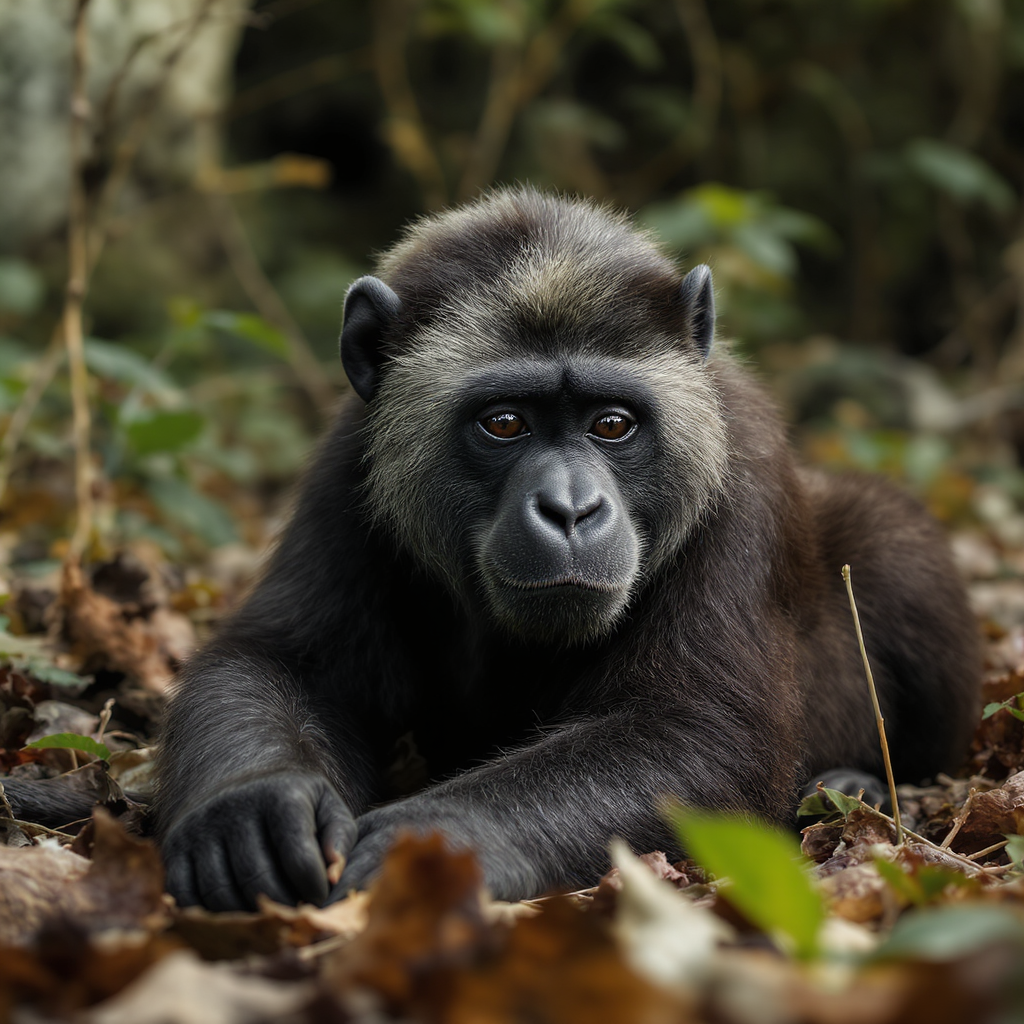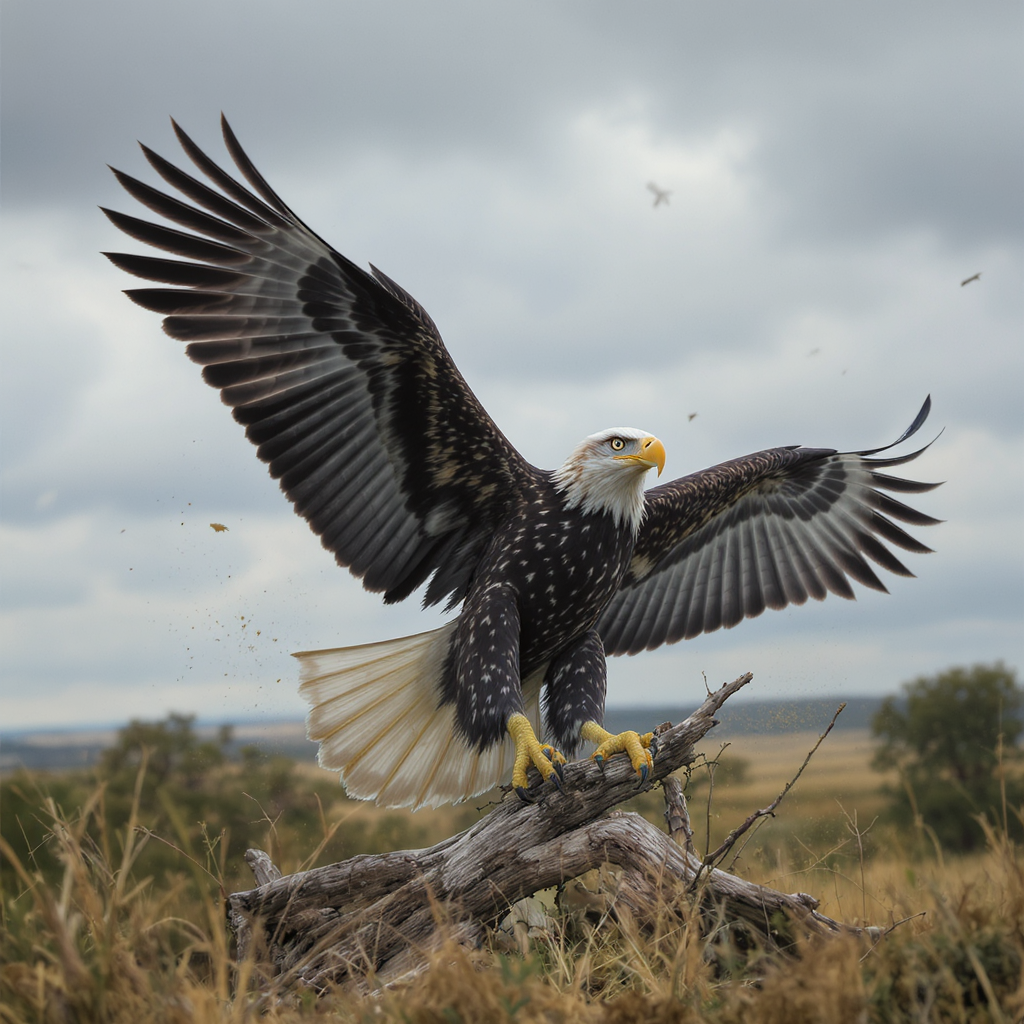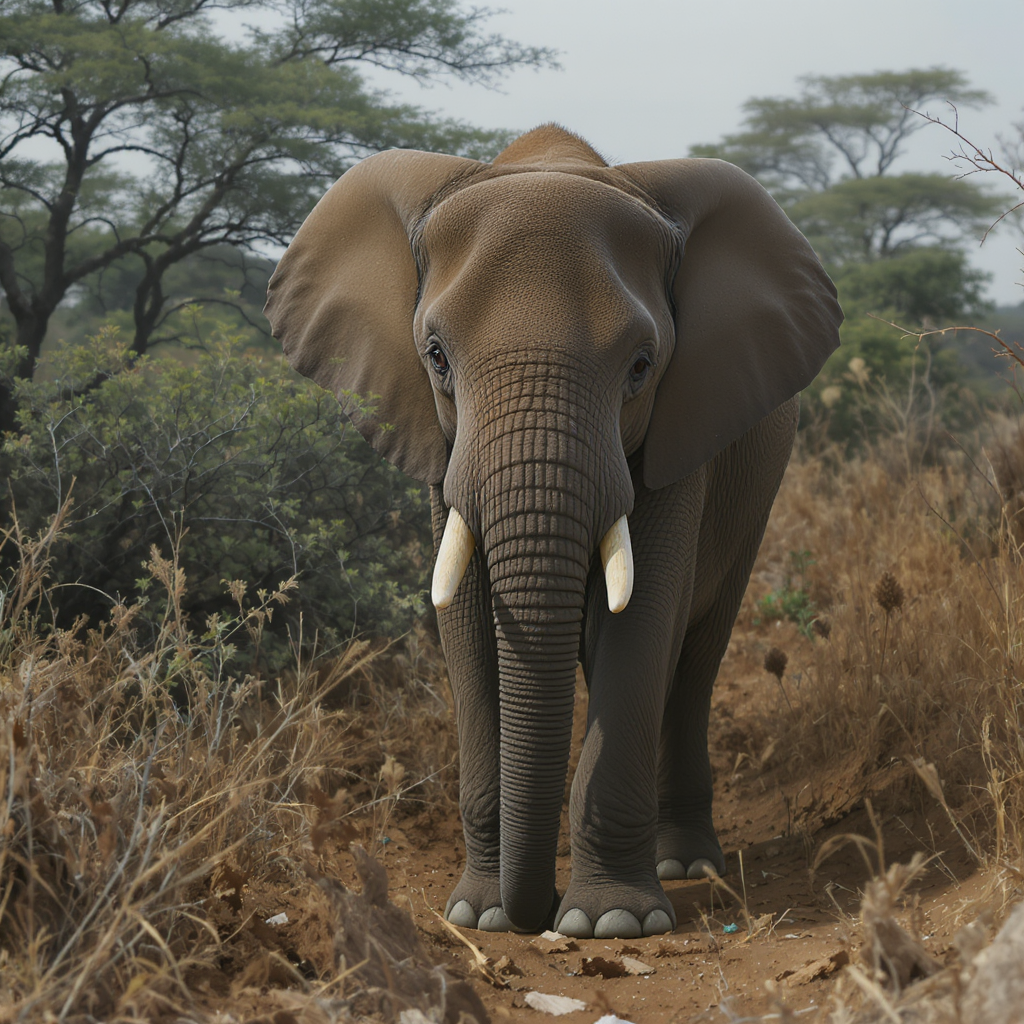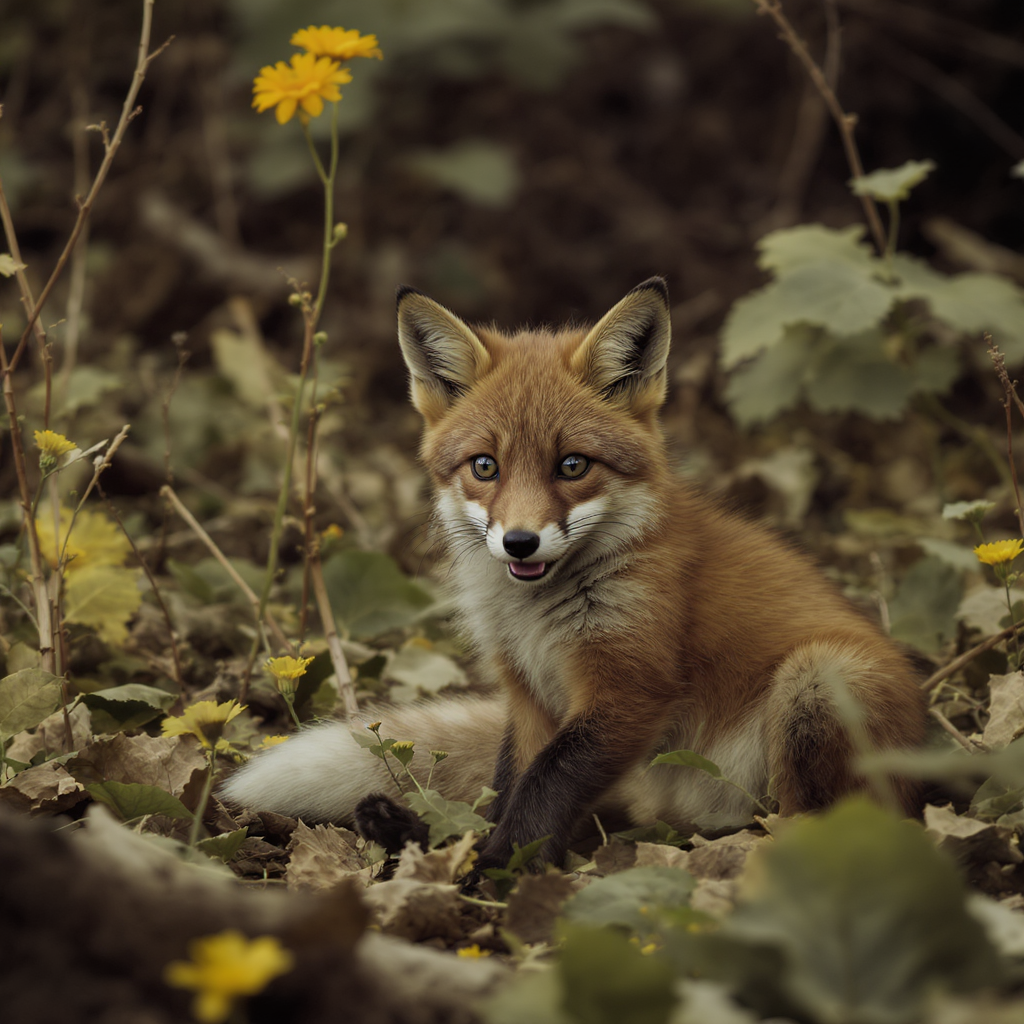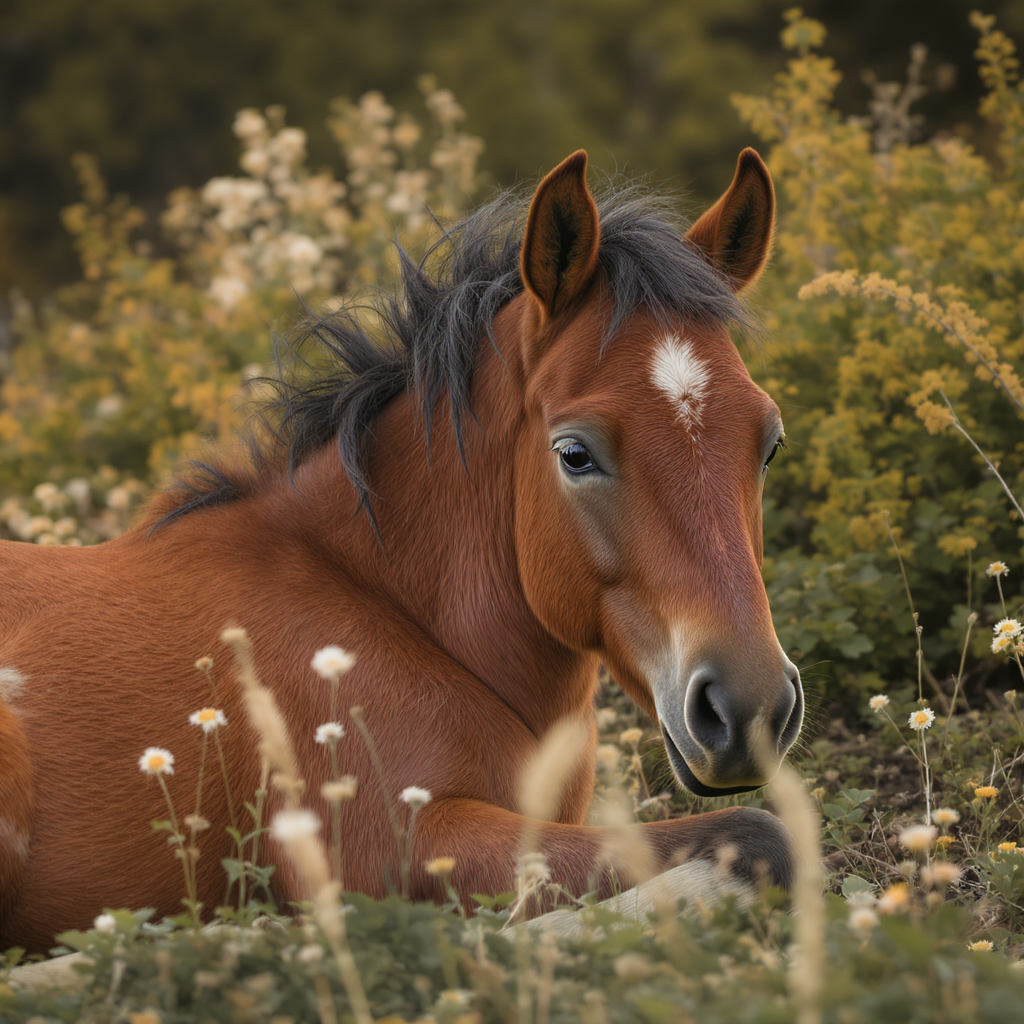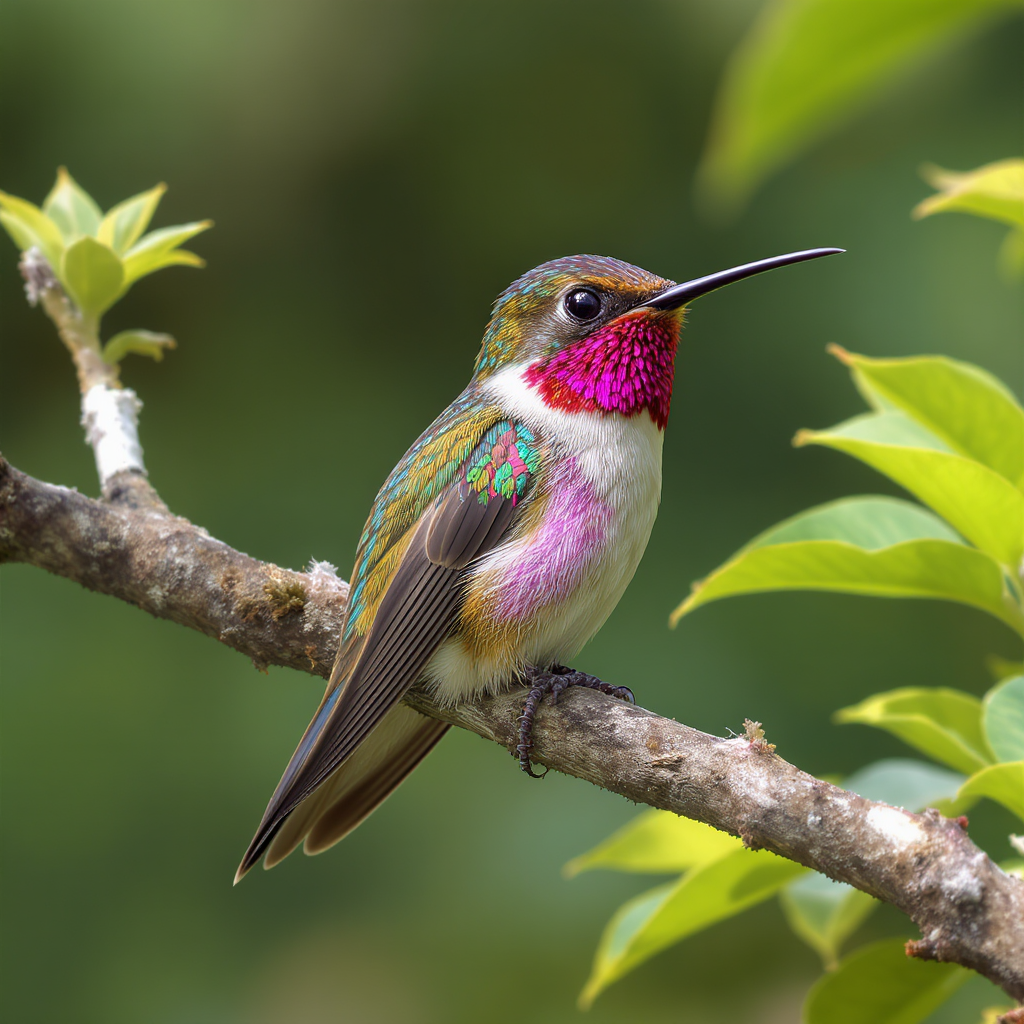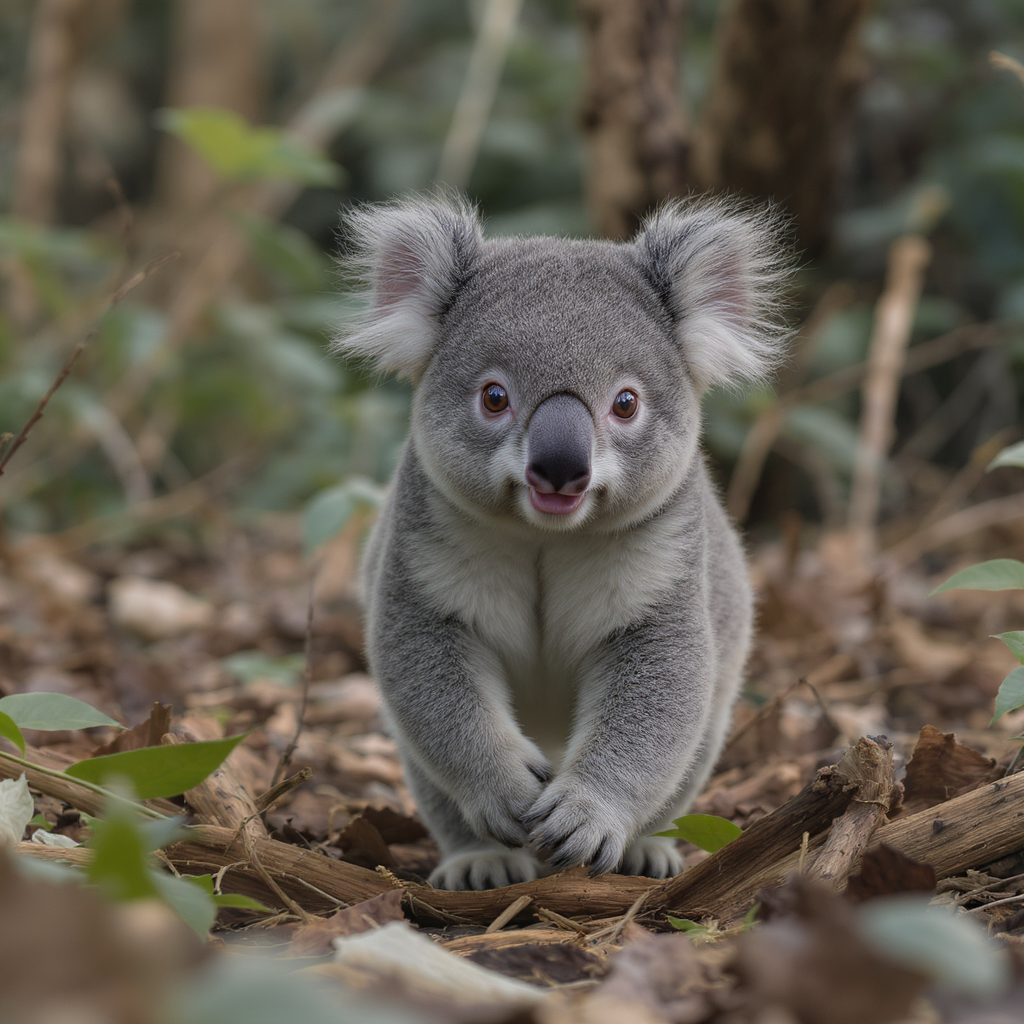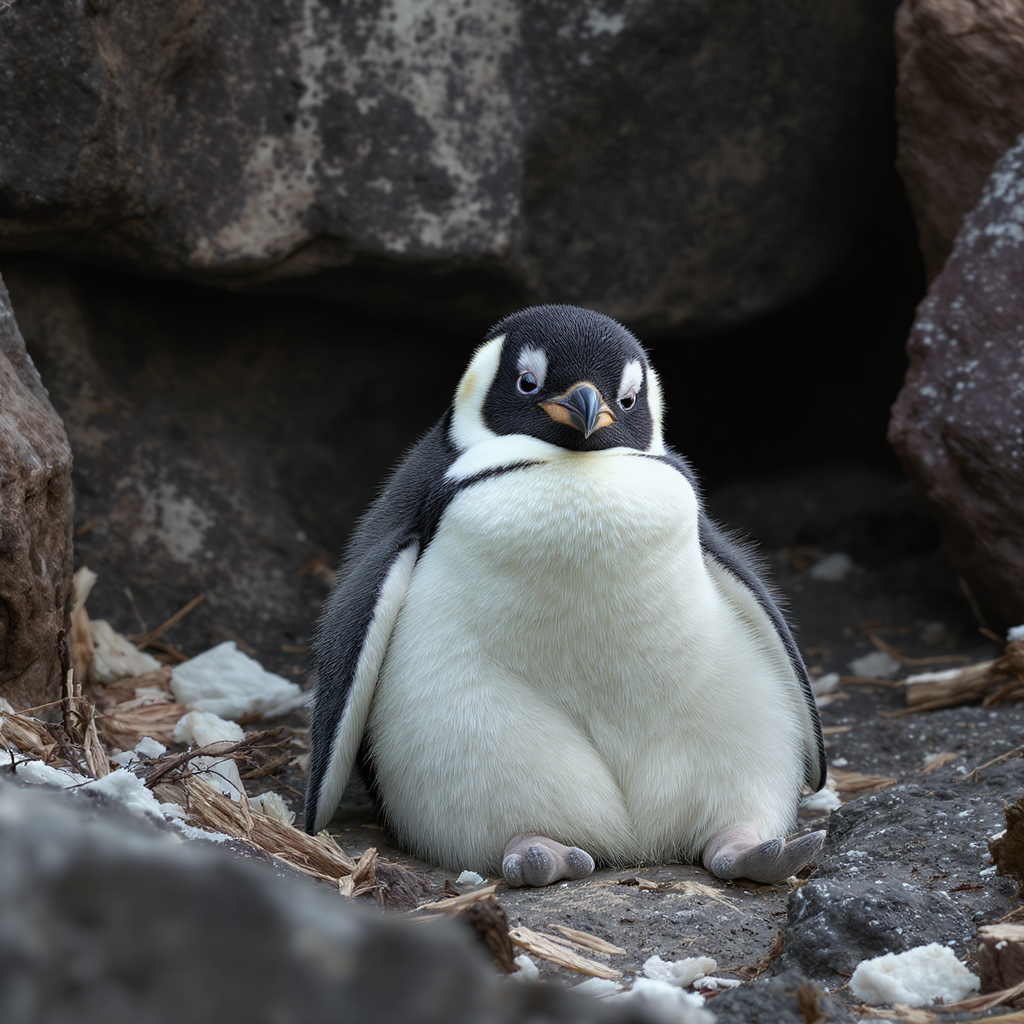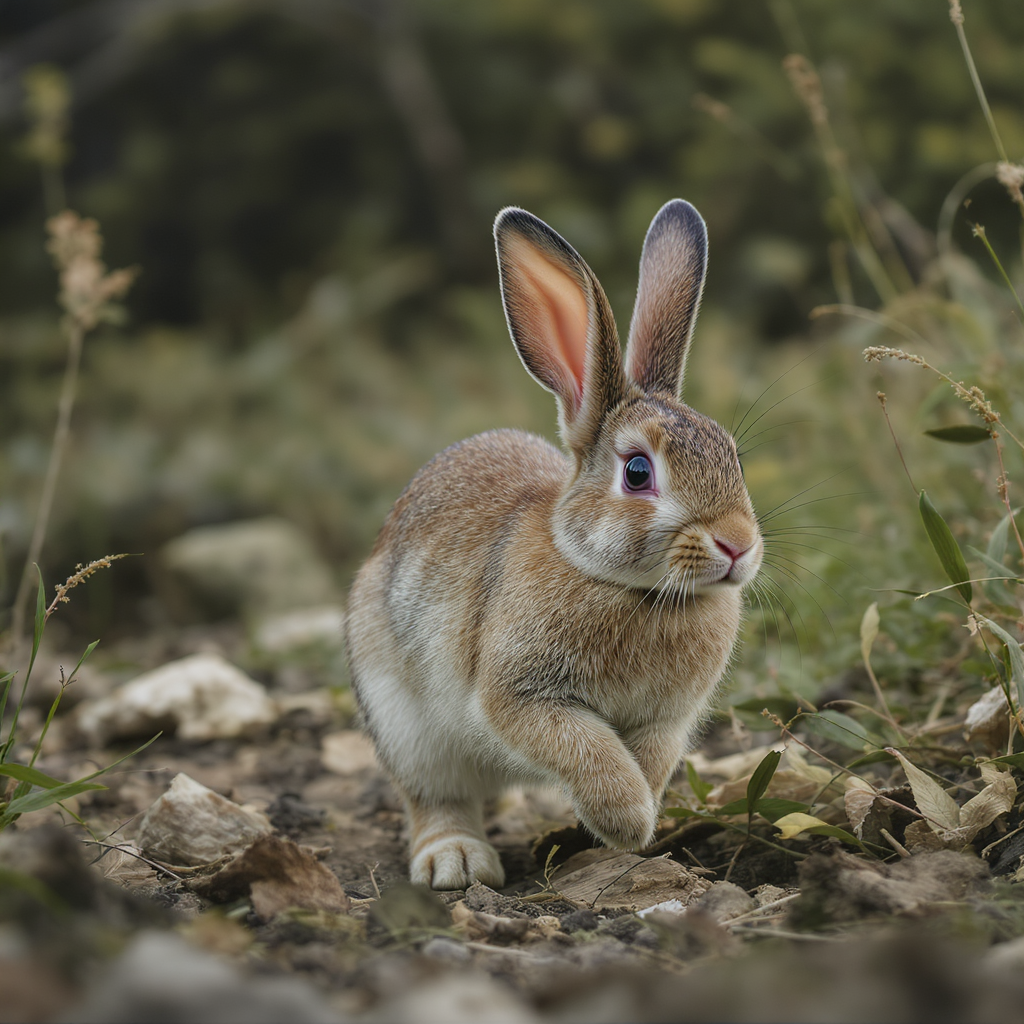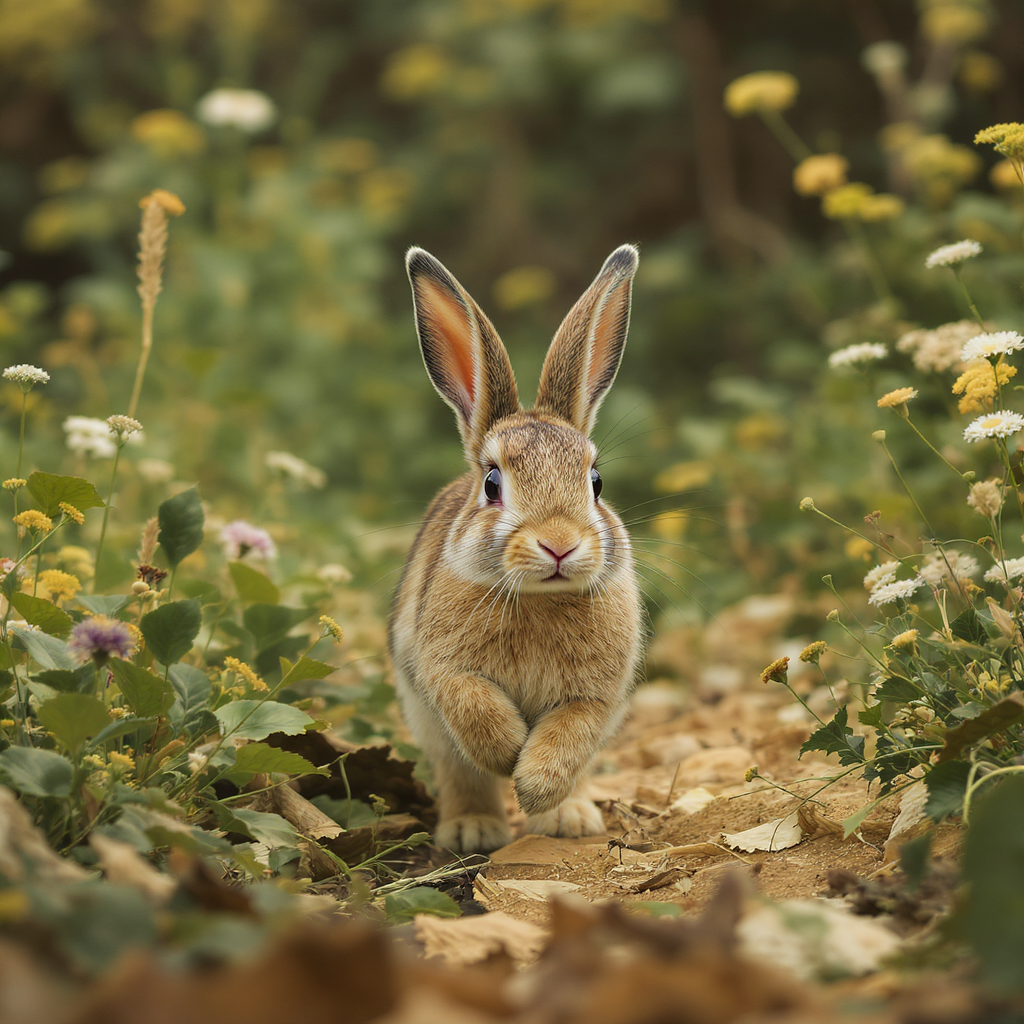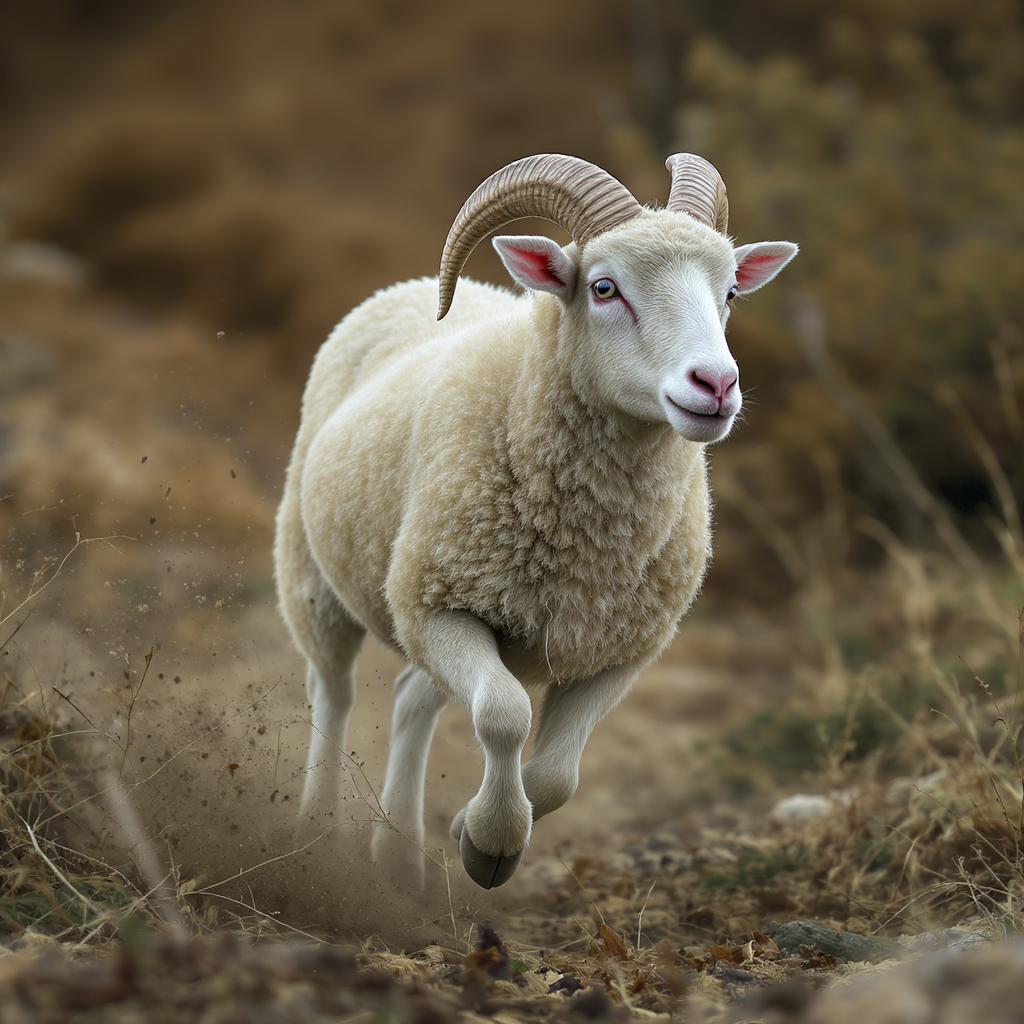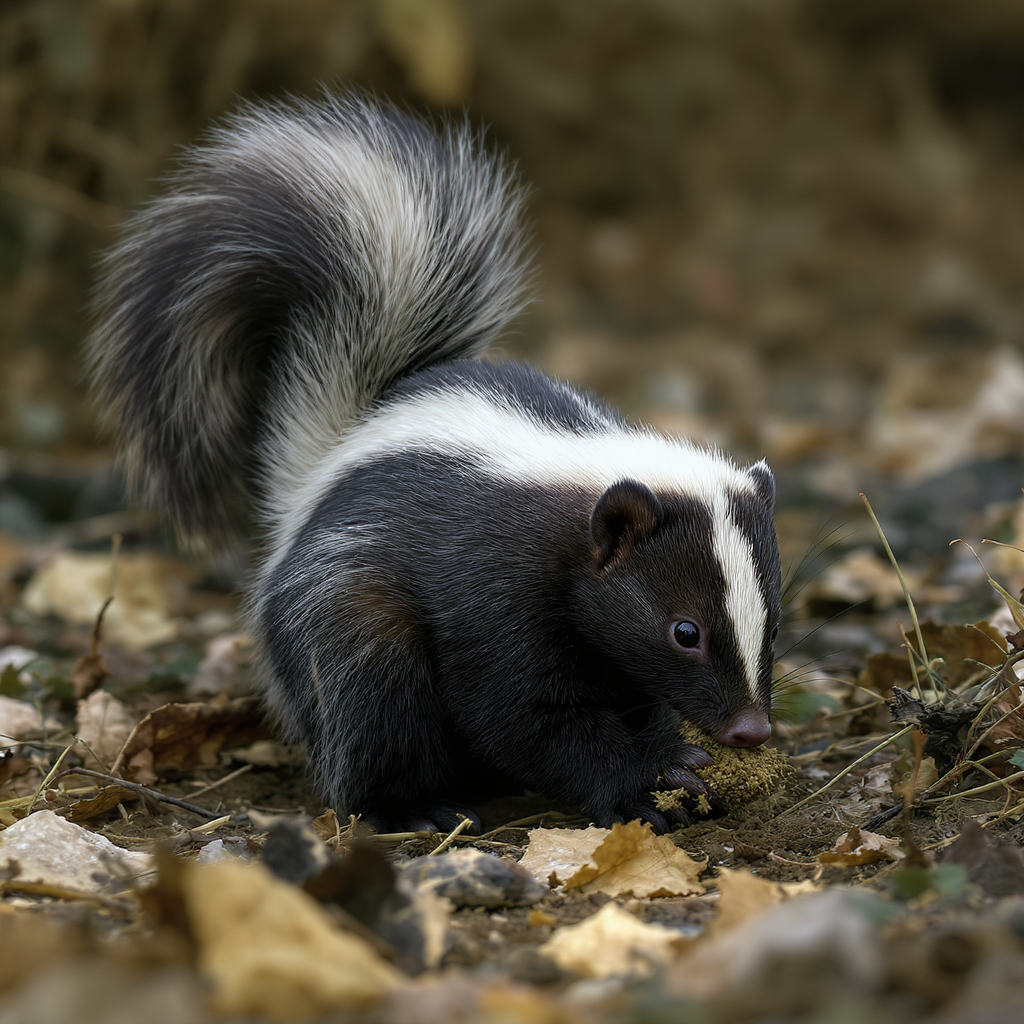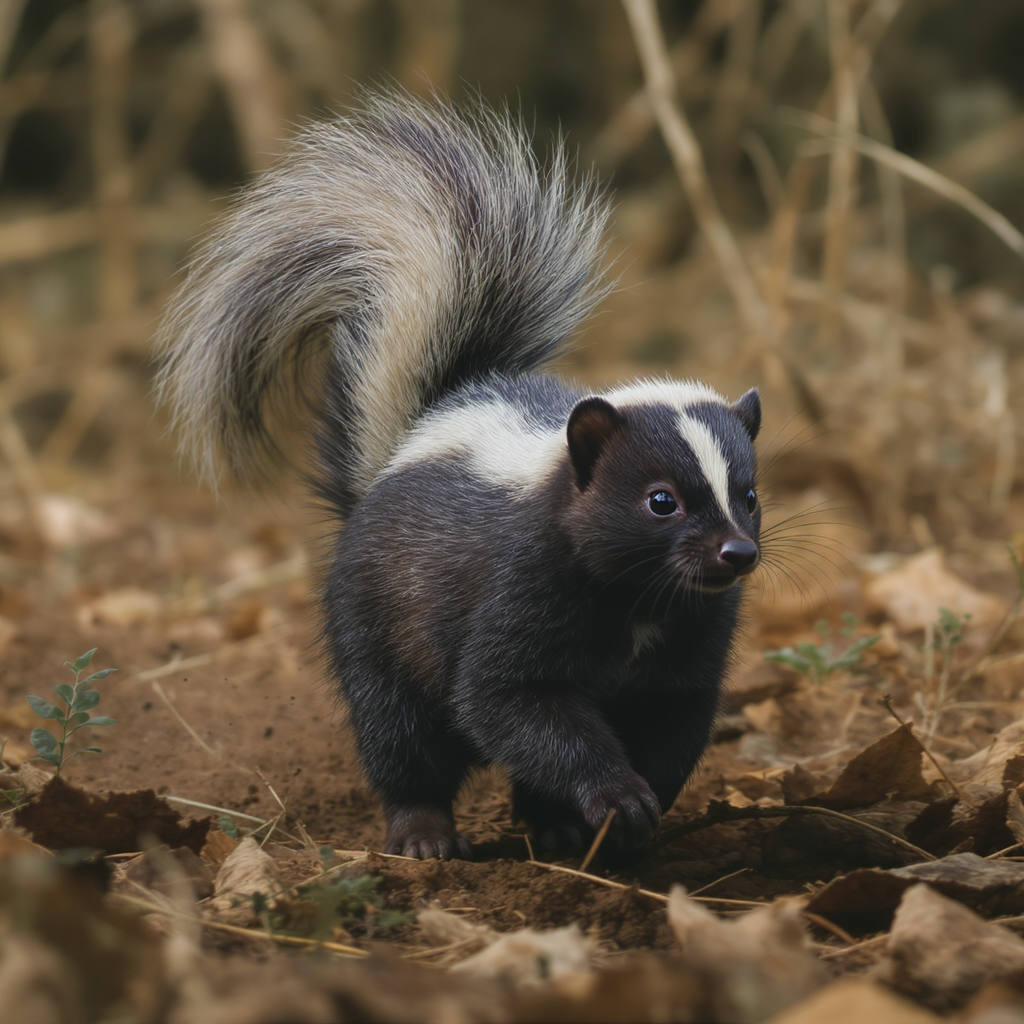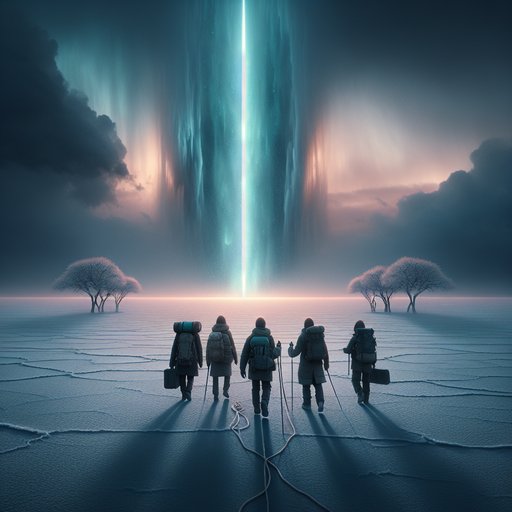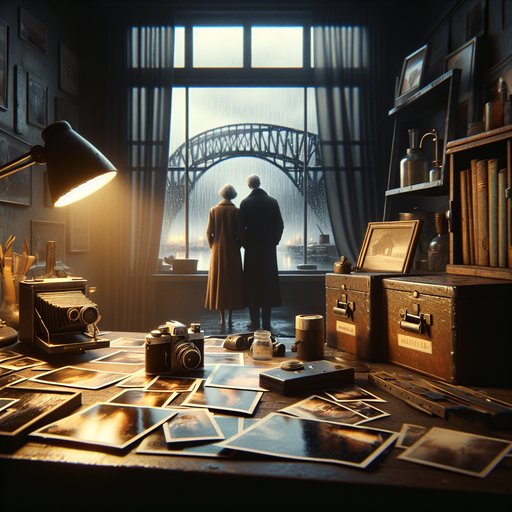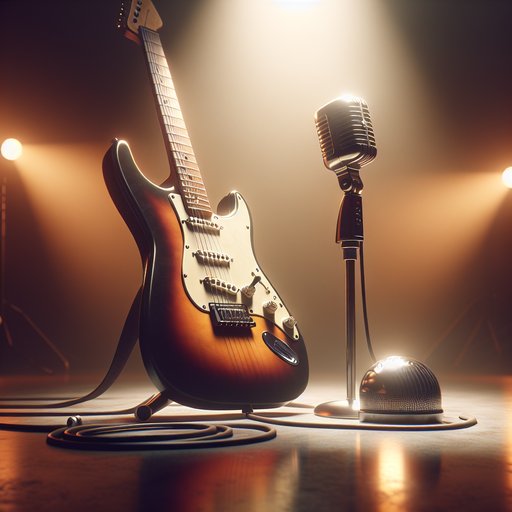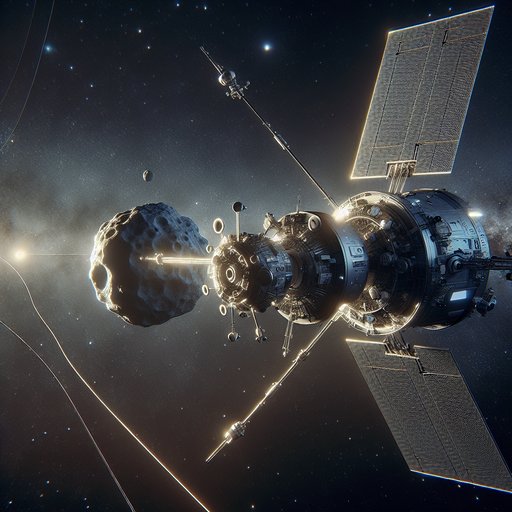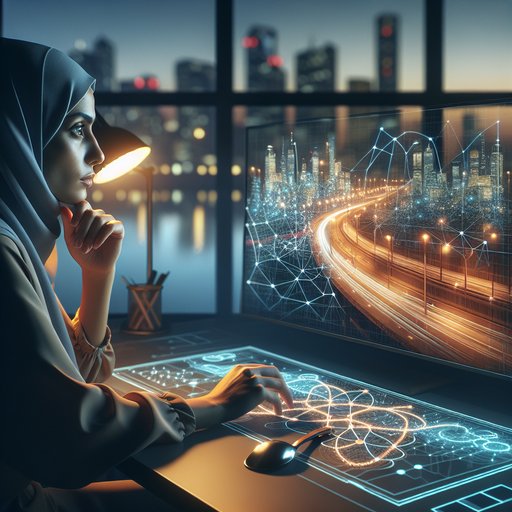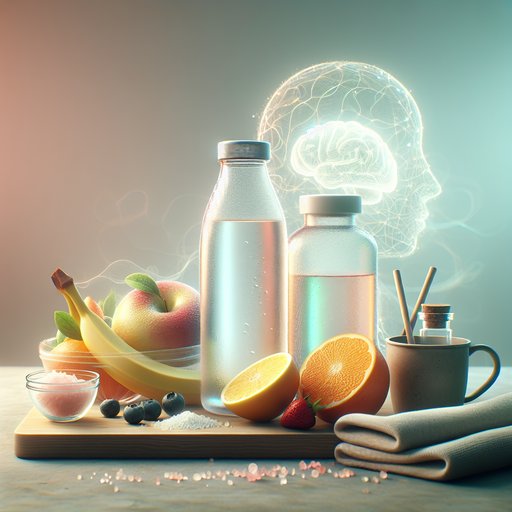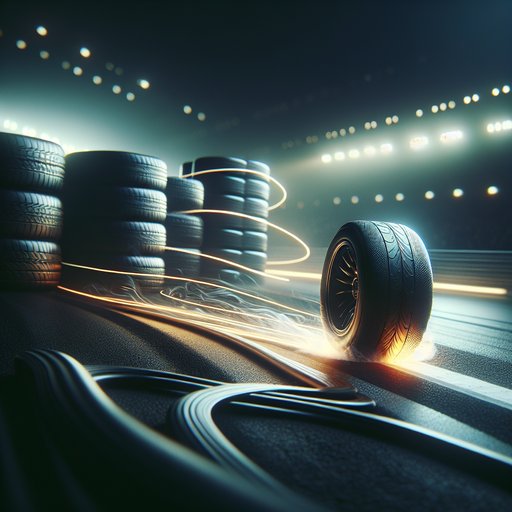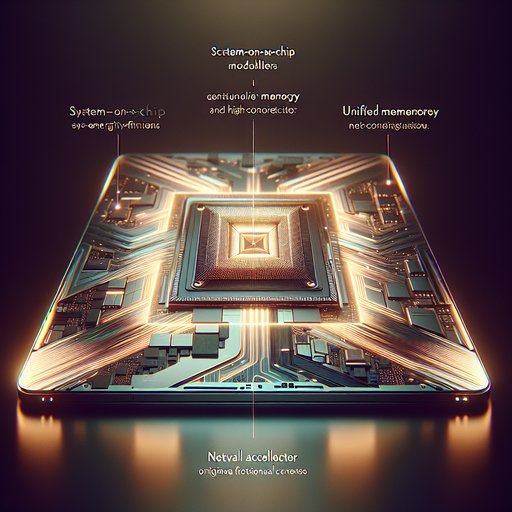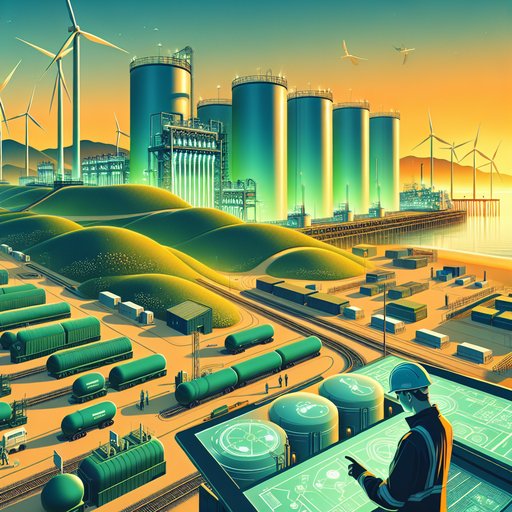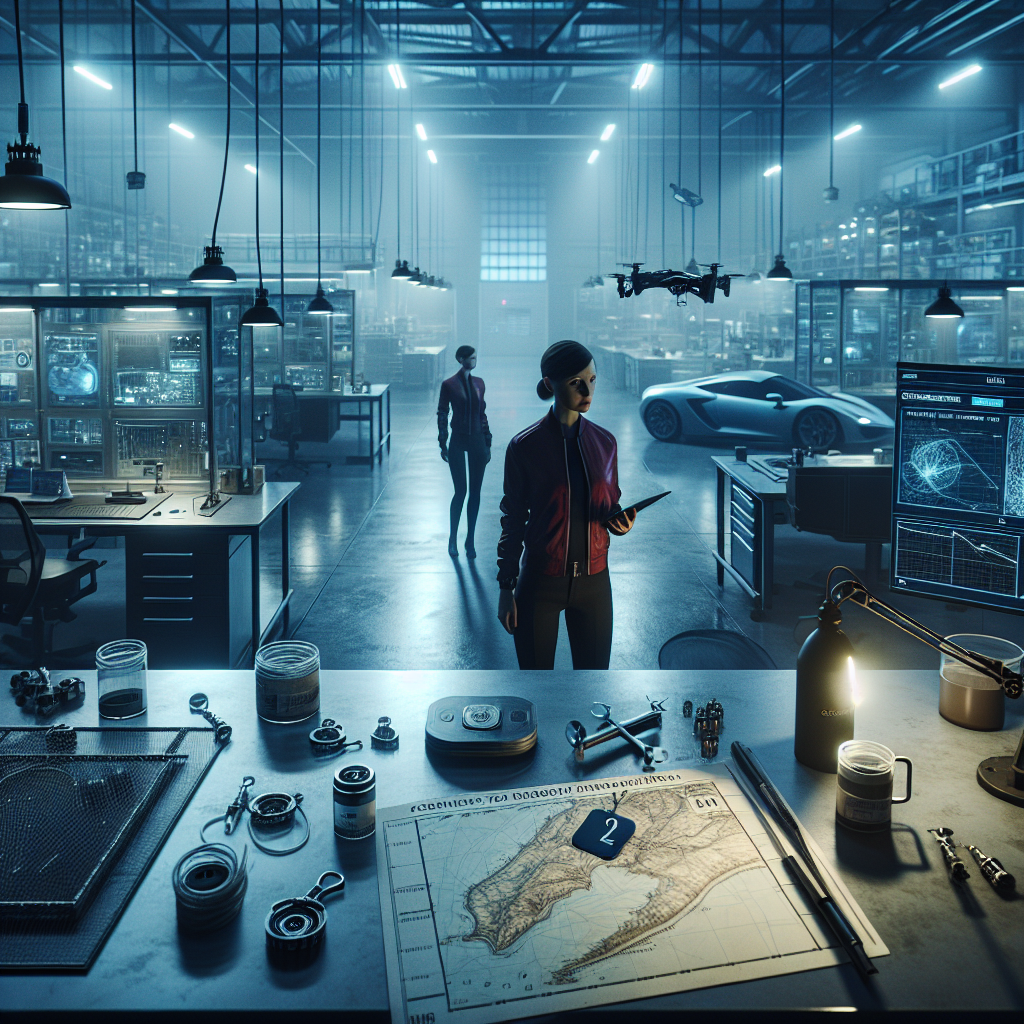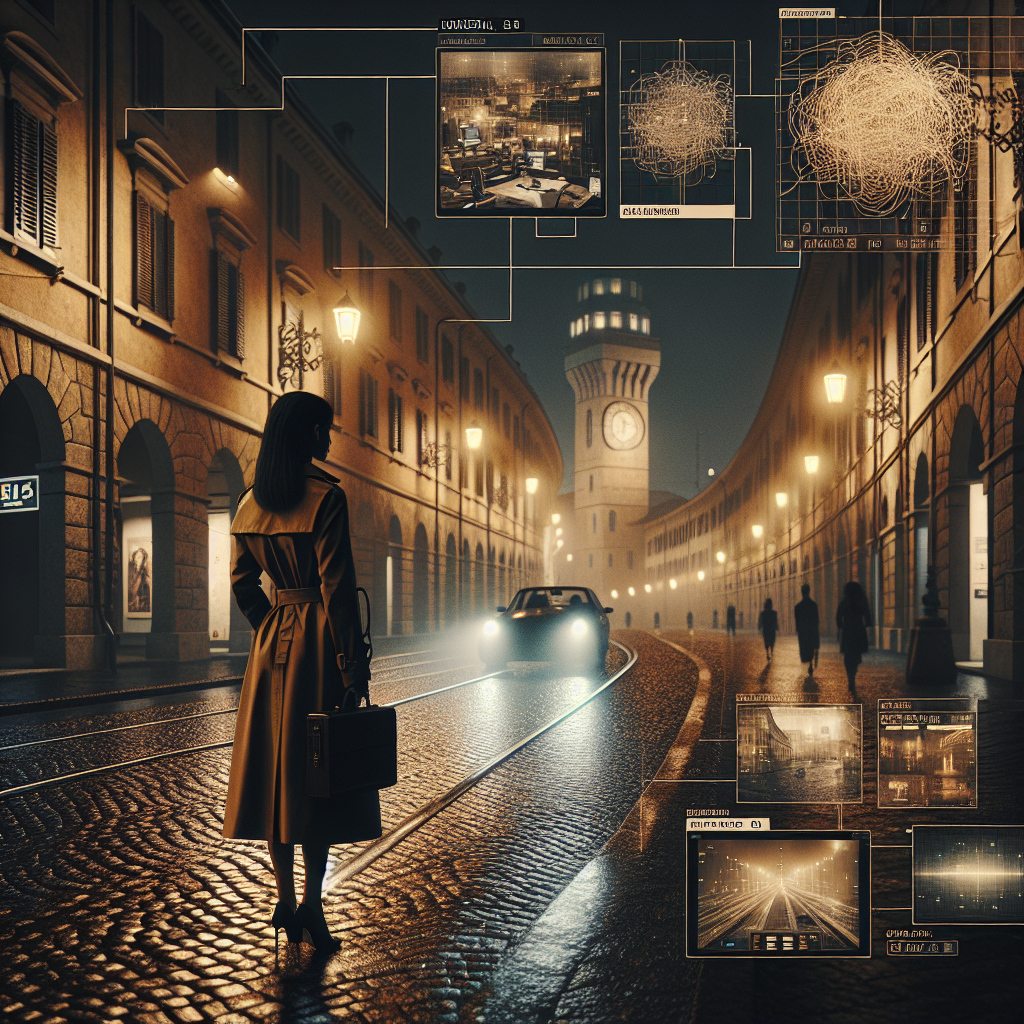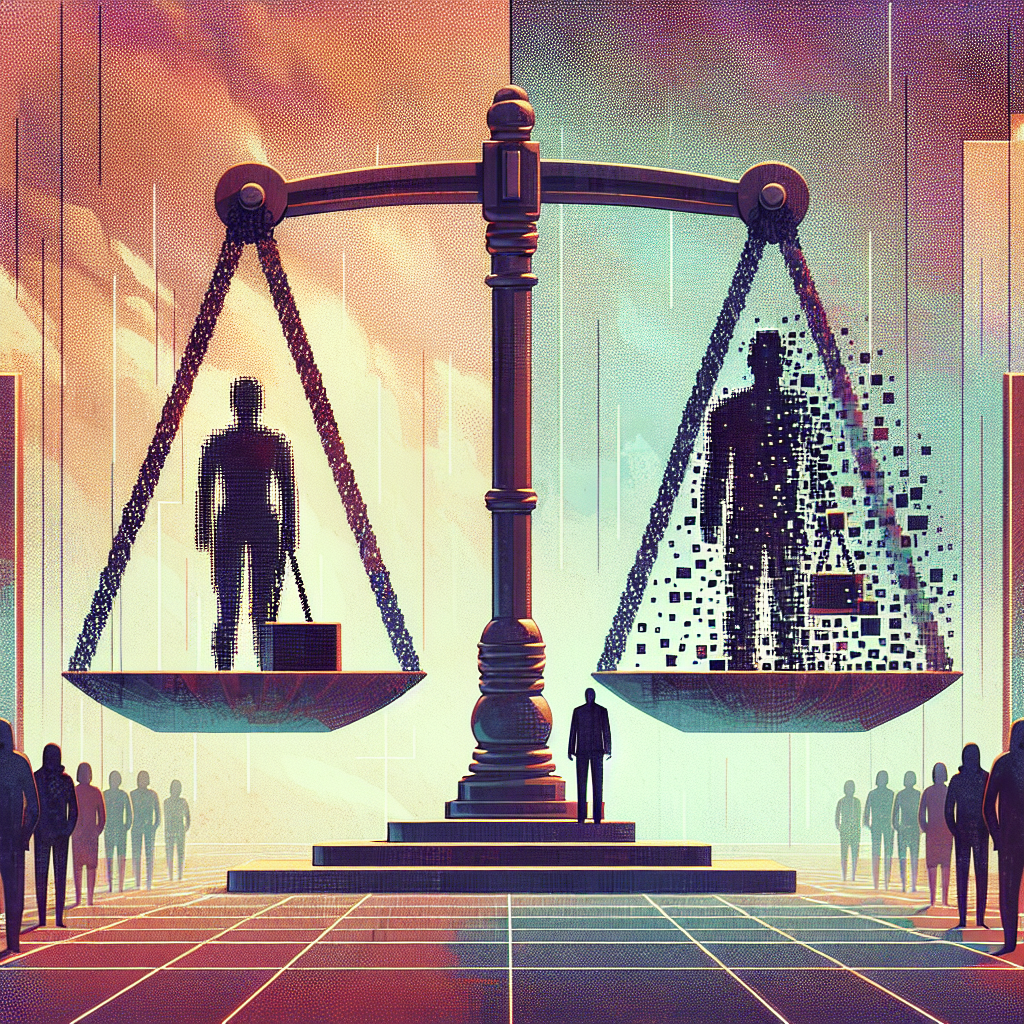
As Disney faces off against Midjourney, the clash over AI art generation tools reveals more than just a technological power struggle—it highlights enduring gender imbalances in artistic acclaim. In an industry still shadowed by the legacy of underrepresentation, this legal drama serves as a mirror reflecting the superficiality of performative gestures versus the need for genuine structural change. By examining this high-profile case, we can better understand how AI-powered creativity might perpetuate or dismantle these disparities.
The legal battle between Disney and Midjourney over AI art generation tools is more than a corporate tug-of-war; it's a revealing microcosm of the persistent gender imbalances in the art world [1]. As AI technologies increasingly shape our creative landscapes, they inherit the biases of the systems and societies from which they spring. AI’s potential to democratize art is enormous, but it also risks replicating the same old hierarchies, with gender imbalances being chief among them. Historically, women have been marginalized in artistic circles, their contributions often overshadowed or outright ignored.
Even today, female artists receive less recognition and lower market valuations compared to their male counterparts. As AI tools like Midjourney become more prevalent, they could either perpetuate this imbalance or help to rectify it. However, without intentional design and implementation, AI may merely reinforce existing disparities by training on biased datasets that overlook or undervalue female contributions to art [2]. Disney's involvement in the AI art generation debate exemplifies a broader trend in the tech industry: large corporations co-opting innovation while paying lip service to diversity.
While Disney has made strides in diversifying its on-screen representation, this has not always translated to behind-the-scenes equity. The company's foray into AI art illustrates the contradiction between performative gestures of inclusivity and the structural changes needed to achieve genuine equality. If AI-generated art is to be more than just a new commercial venture, it must be guided by principles that prioritize inclusive representation at every level of development and deployment [1]. Critics argue that AI, by its nature, offers a more egalitarian platform for artistic expression, potentially leveling the playing field for traditionally marginalized creators.
However, the reality is that AI tools often reflect the biases of their creators and the datasets they are trained on. Without a conscious effort to include diverse voices in the development of these technologies, we risk entrenching the same gender biases that have historically plagued the art world [2]. Imagine a future where AI-driven art does not simply mimic existing styles but actively challenges and expands them. This potential can only be realized if AI tools are designed with inclusivity as a core value.
By ensuring diverse representation in training data and involving women and other underrepresented groups in the development process, we can begin to dismantle the barriers that have long restricted the full spectrum of artistic voices [2]. The Disney vs Midjourney case should prompt us to reconsider who gets to define and profit from creativity. It’s an opportunity to push for AI art tools that do not just replicate mainstream aesthetics but also champion new, diverse narratives. By advocating for transparent algorithms and equitable access to AI technologies, we can foster an environment where creativity flourishes across all demographics [1].
Looking forward, genuine creativity in the AI art sphere must be coupled with a commitment to structural change. This means not only recognizing but actively addressing gender imbalances in artistic acclaim. By prioritizing inclusive representation in AI development, we can help steer the next generation toward a future where art is a true reflection of our diverse society. Such a future demands more than technological innovation; it requires a cultural shift toward equity and recognition for all creators, regardless of gender.
Sources
- Disney vs Midjourney: A Turning Point for AI Art Generation Tools? (Slashdot.org, 2025-07-13T18:21:49Z)
- Outside the Box: How AI Sees Its Impact on Society, Part 2 (Fair Observer, 2025-07-14T17:36:37Z)




